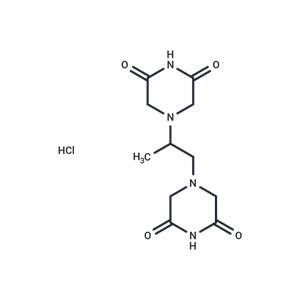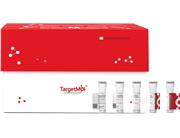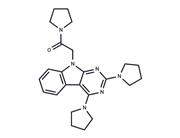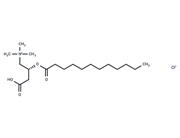| Name | Cardioxane |
| Description | Cardioxane (ADR-529) is a cardio-protective drug. |
| Kinase Assay | HTRF assay: Homogeneous time-resolved fluorescence (HTRF) assay measures the signal generated by 2 components when they are in close proximity. The p53–MDM2 binding assay uses a biotinylated peptide derived from the MDM2-binding domain of p53 and a truncated N-terminal portion of recombinant human GST-tagged MDM2 protein containing the p53-binding domain. Proteins for crystal structure studies are expressed in E. coli strain BL21 using the helper plasmid pUBS 520 coding for the lacIq repressor and the rare tRNAArg [AGA/AGG]. For crystallization, the frozen protein is thawed and concentrated to 9.8 mg/mL using a Centricon concentrator (3,000 MW cutoff). The complex is then formed by combining the protein with a slight molar excess of the inhibitor (stock solution is 100 mM in DMSO) and this solution is allowed to sit for 4 hours at 4°C. Cryopreserved crystals are used to collect diffraction data on beamline X8C at the National Synchrotron Light Source at Brookhaven National Laboratory. |
| In vitro | Dexrazoxane (10 mM), known clinically to limit anthracycline cardiac toxicity, prevents daunorubicin-induced myocyte apoptosis, but not necrosis induced by higher anthracycline concentrations in rat cardiac myocytes. [1] Dexrazoxane presumably exerts its cardioprotective effects by either binding free or loosely bound iron, or iron complexed to doxorubicin, thus preventing or reducing site-specific oxygen radical production that damages cellular components. [2] Dexrazoxane specifically abolishes the DNA damage signal gamma-H2AX induced by doxorubicin, but not camptothecin or hydrogen peroxide, in H9C2 cardiomyocytes. Dexrazoxane also induces rapid degradation of Top2beta, which paralleles the reduction of doxorubicin-induced DNA damage. Dexrazoxane antagonizes doxorubicin-induced DNA damage through its interference with Top2beta, which could implicate Top2beta in doxorubicin cardiotoxicity. [3] Dexrazoxane is hydrolyzed to its active form intracellularly and binds iron to prevent the formation of superhydroxide radicals, thus preventing mitochondrial destruction. [4] |
| In vivo | Dexrazoxane combined with doxorubicin, daunorubicin, or idarubicin reduces the tissue lesions in B6D2F1 mice (expressed as area under the curve of wound size times duration) by 96%, 70%, and 87%, respectively. Dexrazoxane combined with doxorubicin, daunorubicin, or idarubicin results in a statistically significant reduction in the fraction of mice with wounds as well as the duration of wounds. [5] |
| Storage | Powder: -20°C for 3 years | In solvent: -80°C for 1 year | Shipping with blue ice. |
| Solubility Information | H2O : 55 mg/mL (180.5 mM)
DMSO : 50 mg/mL (164.08 mM), Sonication is recommended.
Ethanol : < 1 mg/mL (insoluble or slightly soluble)
|
| Keywords | Dexrazoxane | ICRF 187 | inhibit | Cardioxane Hydrochloride | Inhibitor | NSC-169780 | Dexrazoxane hydrochloride | ADR 529 | ICRF187 | ADR 529 Hydrochloride | NSC 169780 | ICRF 187 Hydrochloride | NSC169780 | ADR529 Hydrochloride | Cardioxane | ADR529 | ICRF187 Hydrochloride | ICRF-187 Hydrochloride |
| Inhibitors Related | Berberine chloride | EIDD-1931 | Flumequine | Norfloxacin | Prulifloxacin | Enoxacin | Pefloxacin Mesylate | Ciprofloxacin | Ciprofloxacin monohydrochloride | Etoposide |
| Related Compound Libraries | Target-Focused Phenotypic Screening Library | Bioactive Compound Library | Approved Drug Library | EMA Approved Drug Library | Drug Repurposing Compound Library | Anti-Cardiovascular Disease Compound Library | NO PAINS Compound Library | FDA-Approved Drug Library | Anti-Aging Compound Library | Bioactive Compounds Library Max |
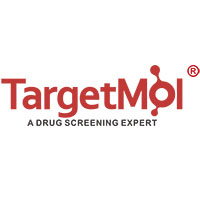
 United States
United States
